Reasons Why My Shopify Store Is Not Making Sales & Solutions
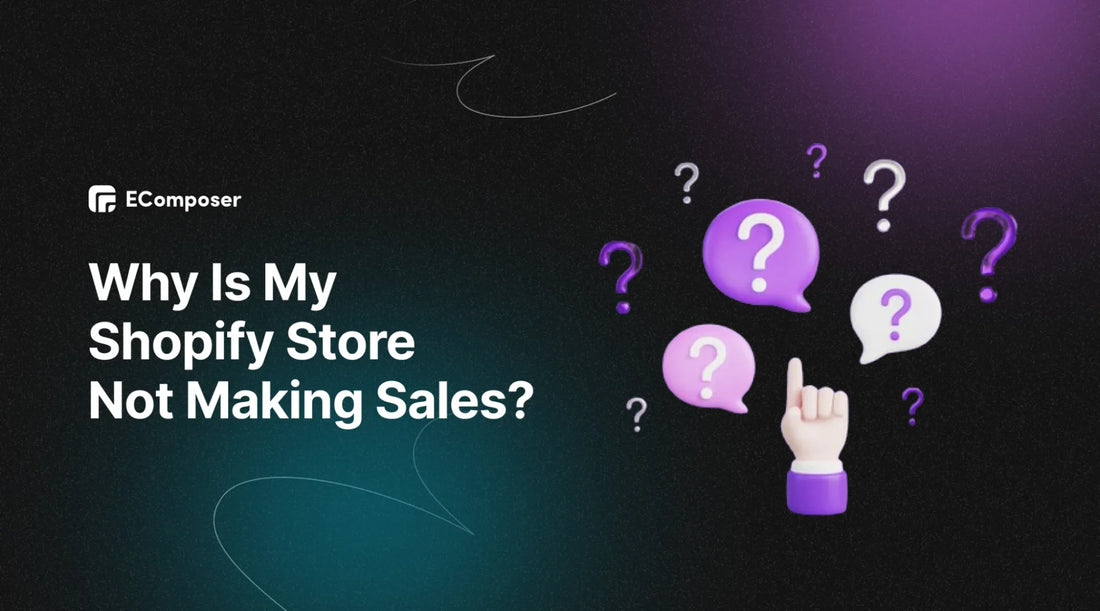
Table Of Contents
Struggling with low sales on your Shopify store? Many store owners face this challenge. In this blog, we’ll uncover common reasons why your Shopify store is not making sales and provide practical tips to boost your sales and get your business thriving. Let's get started!
Key Factors Influencing Shopify Sales and Conversion Rates

Regarding increasing the sales and conversion rates on Shopify, several key factors come into play. Understanding and optimizing these can make a significant difference:
- Website Design and User Experience: A clean, intuitive, and mobile-friendly design is crucial. Ensure easy navigation, fast loading times, and an appealing layout to engage visitors.
- Product Descriptions and Images: High-quality images and detailed, compelling product descriptions help customers make informed purchasing decisions. Highlight key features, benefits, and use cases.
- SEO and Content Marketing: Use alt text for photos, meta descriptions, and pertinent keywords to optimize your store for search engines. Regularly updated blogs and content can drive organic traffic.
- Pricing and Shipping: Transparent pricing, competitive rates, and clear shipping policies build trust. Providing free or deeply discounted shipping can be a powerful inducement.
- Customer Reviews and Testimonials: Positive reviews and testimonials enhance credibility and encourage new customers to buy. Encourage satisfied customers to leave feedback.
- Checkout Process: A streamlined, hassle-free checkout process reduces cart abandonment. Offer multiple payment options and minimize the steps required to complete a purchase.
- Marketing and Promotions: Effective email marketing, social media promotions, and targeted ads can drive traffic and boost sales. Seasonal promotions and discounts can also attract buyers.
- Customer Support: Responsive and helpful customer support fosters trust and loyalty. Ensure customers can easily reach you through live chat, email, or phone.
Focusing on these critical factors can enhance your Shopify store’s performance and significantly increase sales and conversion rates.
Reasons why your Shopify stores make no sales

Running a Shopify store can be incredibly rewarding, but it can also be frustrating when you see little to no sales. Understanding the reasons behind this can help you address the issues and turn things around. Here are some reasons why your Shopify store might not be making sales:
Poor Website Design and User Experience
A cluttered, confusing website layout and slow loading times can frustrate visitors. If your website is mobile-friendly, potential customers may be able to navigate, leading to a higher bounce rate and fewer sales.
Unclear Value Proposition
Without an apparent reason for customers to choose your store over competitors, they may be hesitant to purchase. Highlighting your unique selling points and communicating the advantages of your goods or services are crucial for earning the trust of clients and driving sales.
Lack of Trust and Credibility
Customers are more likely to buy from a store they trust. If your store lacks customer reviews, testimonials, or professional branding, visitors may perceive it as less credible. Additionally, the absence of an SSL certificate or clear contact information can raise doubts about the legitimacy of your business.
Ineffective Product Descriptions and Images
Detailed product descriptions and high-quality photos are essential for conveying the value of your products to potential customers. If your images are low resolution or your descriptions need more detail, customers may feel confident enough to make a purchase.
High Prices and Shipping Costs
Pricing is a major factor in judgments on what to buy. Customers may opt to shop elsewhere if your prices are higher than competitors without justification or if shipping costs are prohibitive. Offering competitive pricing and transparent shipping options can alleviate these concerns.
Poor SEO and Online Visibility
If your store is not optimized for search engines, potential customers may struggle to find you online. Optimizing your website's structure, including pertinent keywords and meta tags, will raise its search engine rankings and increase organic traffic to your store.
Complicated Checkout Process
A lengthy or complicated checkout process can result in cart abandonment. Streamlining the checkout process, offering guest checkout options, and providing multiple payment methods can improve conversion rates and reduce customer friction.
Insufficient Marketing and Promotion
With effective marketing and promotion, your store can attract customers. Utilize email marketing, social media advertising, and different marketing strategies to connect with your target market and increase foot traffic to your business.
Lack of Customer Support
Building trust and addressing customer concerns require customer service that is both accessible and responsive. Customers who need help reaching you or getting their questions easily answered may hesitate to purchase.
Neglecting Analytics and Customer Feedback
Analyzing website analytics and gathering customer feedback can provide valuable insights into areas for improvement. Without monitoring visitor behavior and addressing customer feedback, it's challenging to identify and rectify issues hindering sales.
By systematically addressing these issues, you can improve your Shopify store’s performance and start seeing an increase in sales. Each factor plays a crucial role in converting visitors into paying customers, so it’s important to evaluate and optimize them regularly.
How to solve the problems to improve conversions and get sales

Enhance Website Design and User Experience
- Simplify Navigation: Ensure your website is easy to navigate with clear menus and categories. Use a clean and intuitive layout.
- Improve Loading Speed: To speed up your site, use a content delivery network (CDN), optimize images, and minimize the use of heavy scripts.
- Mobile Optimization: Make sure your website works and looks good on all devices by using responsive design. To ensure a smooth user experience, test your website across a range of screen sizes.
Use EComposer - #1 Drag & Drop Page Builder App to elevate your website design. This app provides you with 400+ stunning premade layouts for different niches; you just need to customize them with the user-friendly editor, and no coding is required. Moreover, EComposer develops lots of CRO extensions to optimize your store for speed & conversions, make it easier for generates sales. Don’t miss out the chance to use EComposer for free. Install the app now!
Clarify Your Value Proposition
- Highlight USPs: Clearly state what makes your products unique and why customers should choose your store. Use banners, headlines, and product descriptions to communicate this.
- Use Clear Messaging: Ensure your messaging is consistent across all touchpoints. Clearly articulate the benefits of your products and how they solve customer problems.
Build Trust and Credibility
- Display Reviews and Testimonials: Motivate contented customers to share their experiences through reviews and prominently showcase them on your website.
- Professional Branding: Invest in high-quality branding, including a professional logo, cohesive color scheme, and polished web design.
- Secure Your Site: Use an SSL certificate to secure your site and show customers their information is safe.
- Clear Policies: Provide clear and accessible shipping, returns, and refund policies page.
- Contact Information: Display clear contact information and offer multiple ways for customers to reach you.
Improve Product Descriptions and Images
- High-Quality Images: Use high-resolution images that showcase your products from multiple angles. Include zoom functionality to allow close-up views.
- Detailed Descriptions: Write detailed and engaging product descriptions. Emphasize the essential features, advantages, and possible applications. Use bullet points for readability.
- Tell a Story: Incorporate storytelling to connect emotionally with the product.
- Professional Copywriting: Consider hiring a professional copywriter to craft compelling and persuasive descriptions.
Adjust Pricing and Shipping Costs
- Competitive Pricing: Research your competitors’ pricing and adjust yours to be competitive while maintaining profitability.
- Transparent Shipping: Offer free shipping if possible or state shipping costs upfront. Consider offering discounted or flat-rate shipping to simplify customers' decisions.
Boost SEO and Online Visibility
- Keyword Optimization: Conduct keyword research and integrate relevant keywords within your product titles, descriptions, and meta tags to optimize search engine visibility.
- Content Marketing: Start a blog and regularly post relevant content to your audience. Implementing these strategies can contribute to increasing organic traffic to your store.
- Optimize for Search Engines: Ensure your site structure is search engine-friendly, with clear URLs, internal linking, and alt text for images.
Streamline the Checkout Process
- Simplify Steps: Reduce the number of steps in your checkout process. If possible, aim for a one-page checkout.
- Offer Guest Checkout: Allow customers to purchase without creating an account to reduce friction.
- Provide a diverse selection of payment methods to cater to varied customer preferences, including credit/debit cards, PayPal, and other popular options.
Increase Marketing and Promotion Efforts
- Email Marketing: Cultivate an email subscriber base and dispatch periodic newsletters containing enticing promotions, new product announcements, and valuable content.
- Social Media: Leverage social media advantages to interact with your audience showcase your products effectively, and run targeted ads.
- Influencer Partnerships: Collaborate with influencers within your niche to reach a broader audience and build credibility.
Enhance Customer Support
- Live Chat: Incorporate a live chat feature to offer immediate assistance to visitors.
- Comprehensive FAQs: Develop an extensive FAQ section to address common questions and concerns.
- Responsive Support: Ensure your customer support team is responsive and helpful, providing timely and practical assistance.
Utilize Analytics and Customer Feedback
- Monitor Analytics: Utilize tools such as Google Analytics to get insights on visitor behavior, identify bottlenecks, and understand customer journeys.
- Customer Feedback: Actively seek and analyze customer feedback through surveys, reviews, and direct communication. Utilize this feedback to inform strategic enhancements and refinements to your store, ensuring continual improvement.
Learn more here: 12+ Tips for Get & Increasing Sales on Shopify in 2024
Systematically addressing these areas can significantly improve your Shopify store’s conversions and boost sales. Regularly reviewing and optimizing these aspects will help you stay ahead in the competitive eCommerce landscape.
Final thoughts
Running a successful Shopify store requires more than setting up a site and listing products. If your sales are stagnant, it’s essential to investigate the potential reasons why your Shopify store is not making sales and implement strategic solutions. Addressing issues can transform your store into a thriving eCommerce business. Continuously refining and adapting your strategies based on customer feedback and evolving market trends are essential. Start applying these solutions today and watch your sales grow!
FAQs - Why is my Shopify store not converting?
1. How do I attract more traffic to my Shopify store?
Answer: Attracting more traffic to your Shopify store involves a multi-faceted approach:
- SEO Optimization: Utilize keyword research for product titles, descriptions, and meta tags. Update your blog regularly for organic traffic.
- Content Marketing: Create valuable content like blog posts, guides, and videos to engage your audience.
- Social Media Marketing: Leverage platforms (Facebook, Instagram, etc.) for product promotion and customer engagement.
- Paid Advertising: Use Google Ads, Facebook Ads, etc., to reach a wider audience quickly.
- Influencer Collaborations: Partner with niche influencers to boost store visibility among their followers
2. What are some effective ways to reduce cart abandonment?
Answer: Reducing cart abandonment requires a focus on user experience and trust:
- Simplify Checkout: Streamline the checkout process by reducing the number of steps and allowing guest checkout.
- Clear Shipping Information: Provide transparent shipping costs and delivery times early in the shopping process.
- Multiple Payment Options: We offer a variety of payment methods, including credit cards, PayPal, Apple Pay, and more.
- Retargeting Campaigns: Use ads to remind customers about their abandoned carts and encourage them to complete their purchases.
- Exit-Intent Popups: Implement popups offering discounts or free shipping when a user is about to leave without completing their purchase.
3. How can I improve my store’s mobile shopping experience?
- Responsive Design: Ensure your Shopify theme is fully responsive and looks great on all devices.
- Fast Loading Times: Optimize images and reduce heavy scripts to improve loading speeds on mobile devices.
- Mobile-Friendly Navigation: Simplify menus and buttons for easy navigation on smaller screens.
- Mobile Payment Options: Enable mobile payment options like Apple Pay and Google Pay.
- Mobile Testing: Regularly test your site on various mobile devices to identify and fix any issues.
4. How can I leverage email marketing to boost sales?
Answer: Email marketing can be a powerful tool for driving sales:
- Build an Email List: Use pop-ups, sign-up forms, and incentives to grow your email list.
- Segmentation: Divide your email list by customer behavior, preferences, and purchase history.
- Personalization: Customize emails with the recipient’s name and tailored product recommendations.
- Automation: Implement automated email campaigns for abandoned carts, post-purchase follow-ups, and re-engagement.
- Valuable Content: Offer tips, guides, and exclusive offers to keep subscribers engaged.
5. How do I handle negative reviews and feedback?
Answer: Handling negative reviews effectively can turn a potential negative into a positive:
- Respond Promptly: Address the review promptly and professionally.
- Acknowledge the Issue: Show empathy and acknowledge the customer’s concern.
- Offer a Solution: Provide a solution or compensation to rectify the issue.
- Learn and Improve: Use negative feedback to improve your products or services.
- Encourage Positive Reviews: Encourage satisfied customers to leave positive reviews to balance the negative ones.
6. What metrics should I track to measure my store’s performance?
- Conversion Rate: The percentage of website visitors who complete a purchase transaction.
- Average Order Value (AOV): The mean amount spent by customers in a single transaction.
- Customer Acquisition Cost (CAC): The expense incurred in acquiring a new customer, encompassing marketing and sales costs.
- Customer Lifetime Value (CLV): The total revenue anticipated from a customer throughout their relationship with the business.
- Bounce Rate: The proportion of visitors who exit the website after viewing only one page.
- Cart Abandonment Rate: The percentage of shoppers who leave the website after adding items to their cart but before completing the purchase.
7. How can I encourage repeat purchases from customers?
- Loyalty Programs: Set up a program that offers discounts to consumers who make regular purchases.
- Email Follow-Ups: Send tailored emails with offers and suggestions in between.
- Excellent Customer Service: To make shopping enjoyable, offer exceptional customer service.
- Goods of a High Caliber: Make sure your goods live up to the expectations of your clients.
- Exclusive Offers: Offer exclusive discounts and promotions to returning customers.









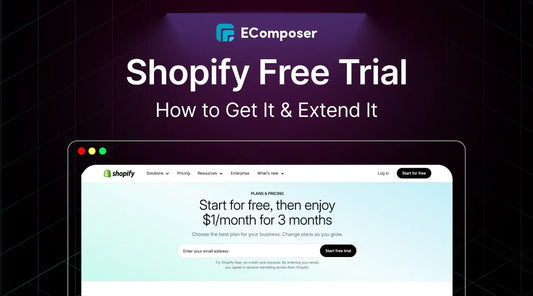
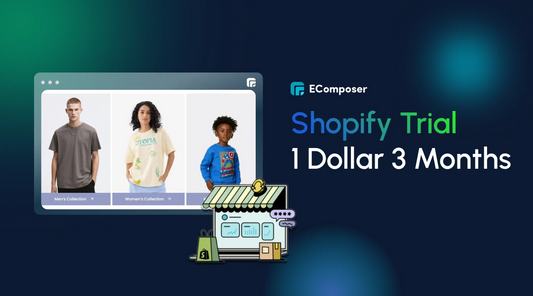
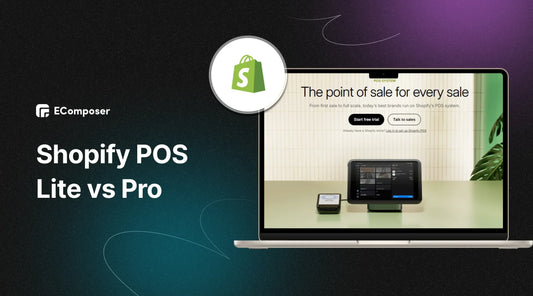
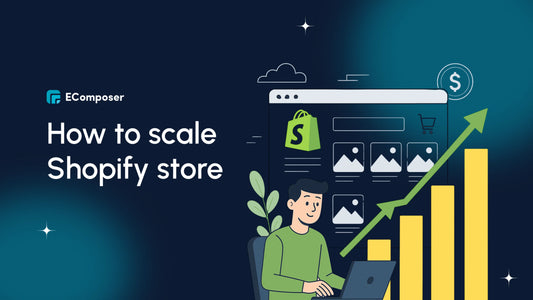

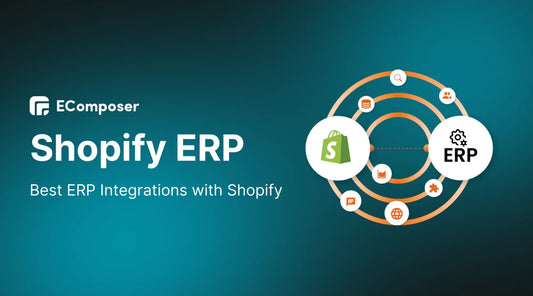







0 comments